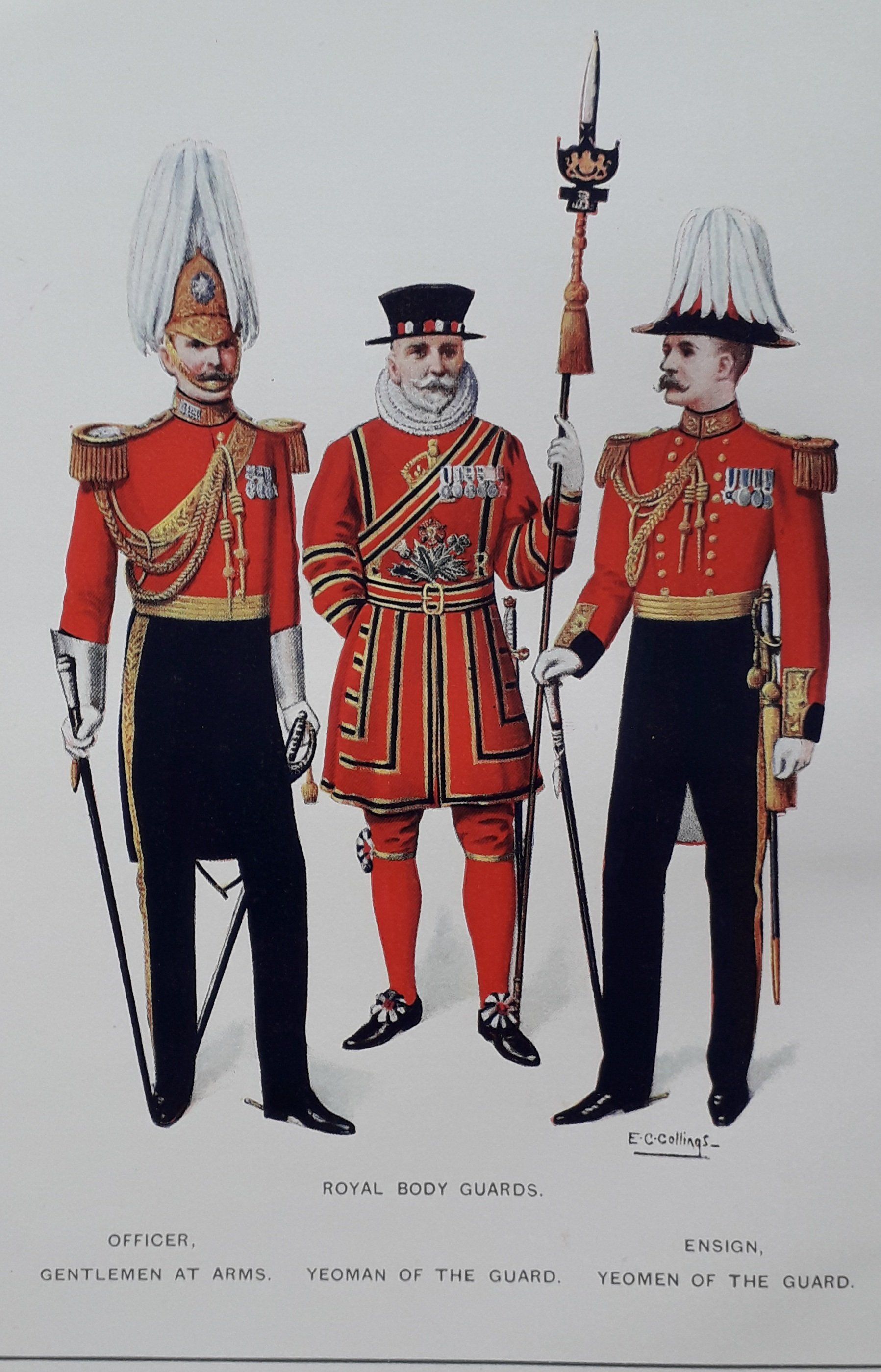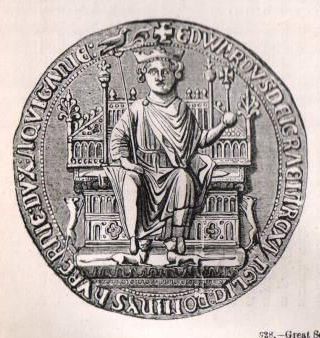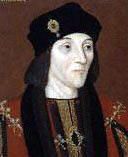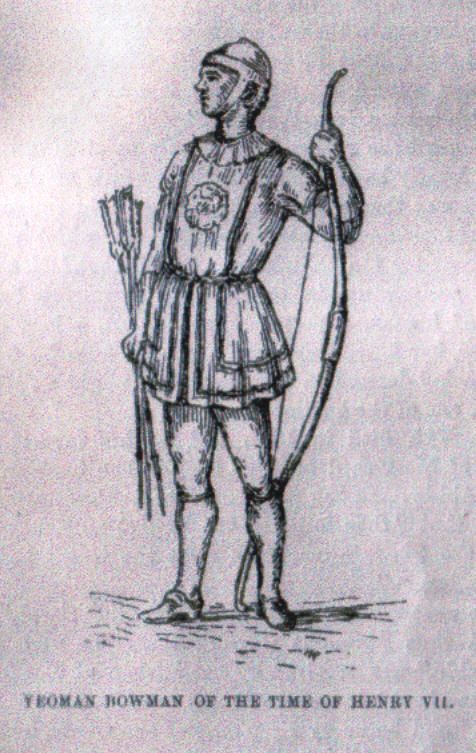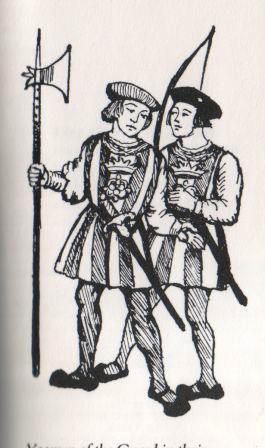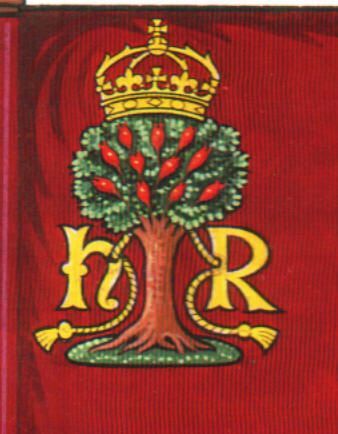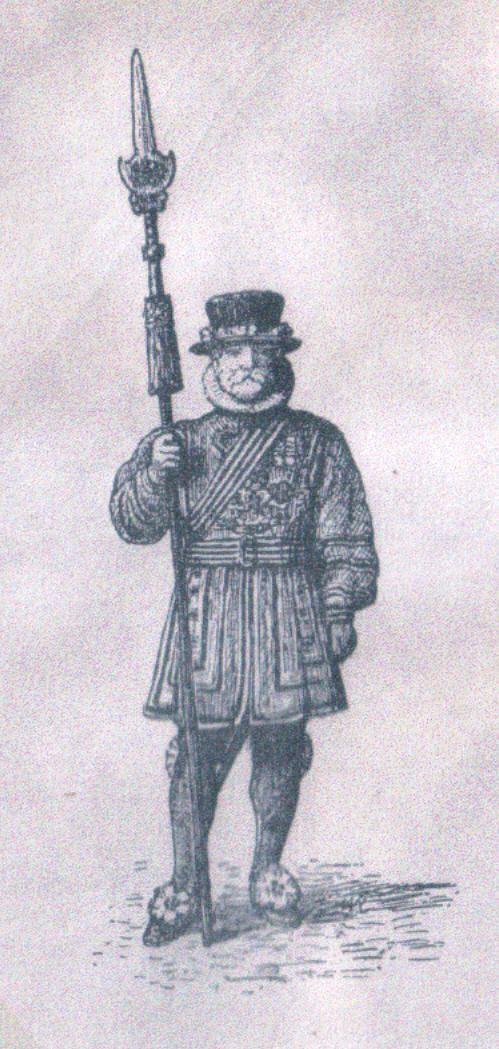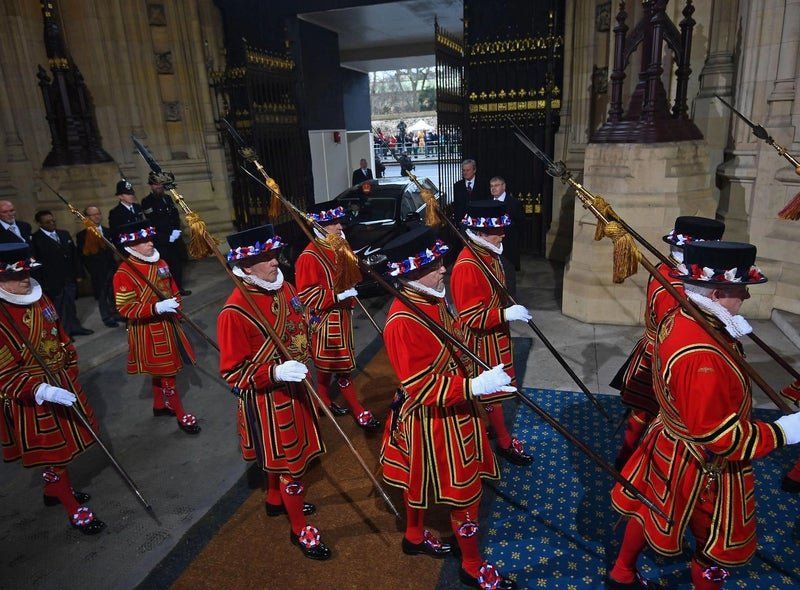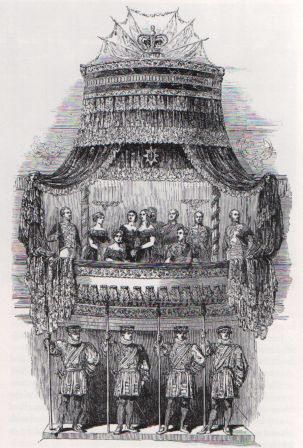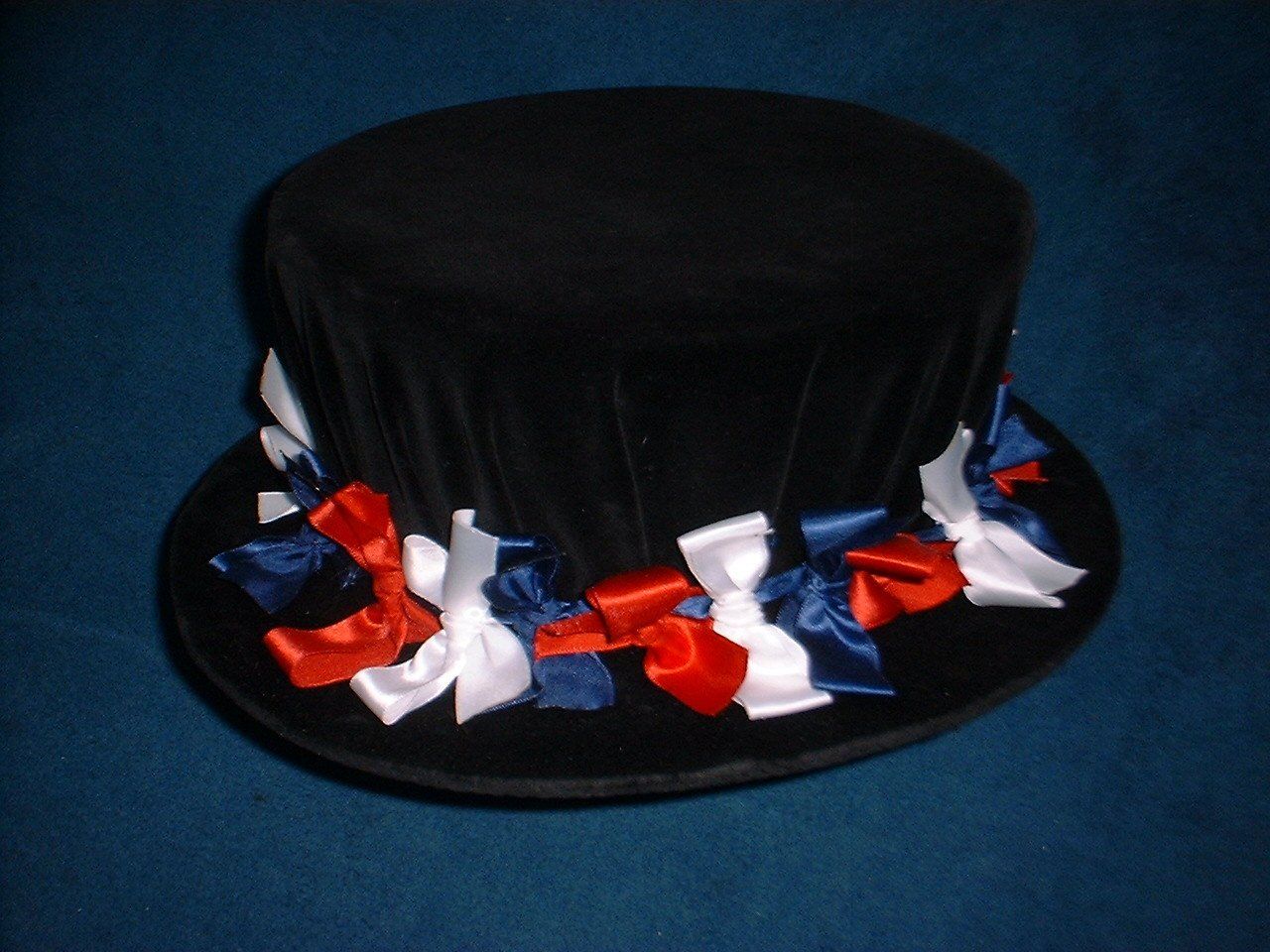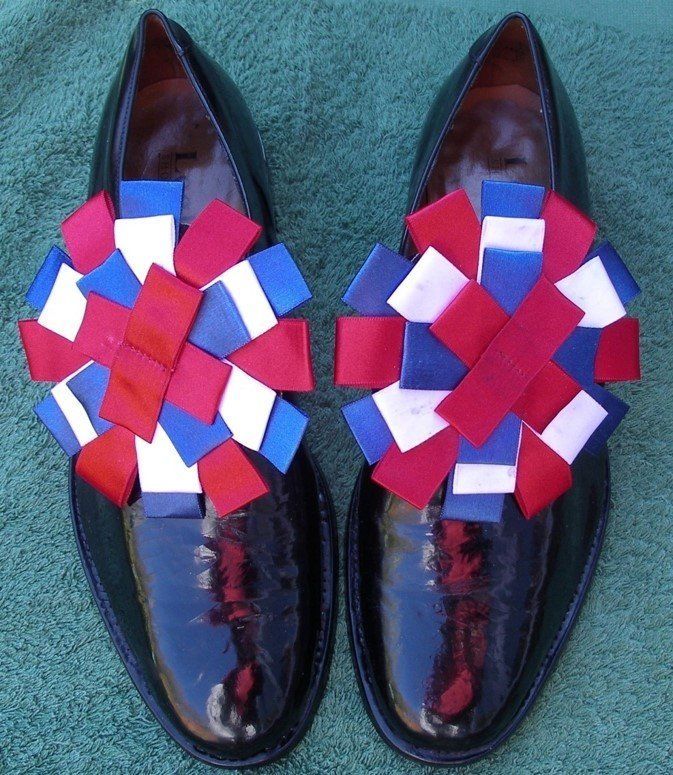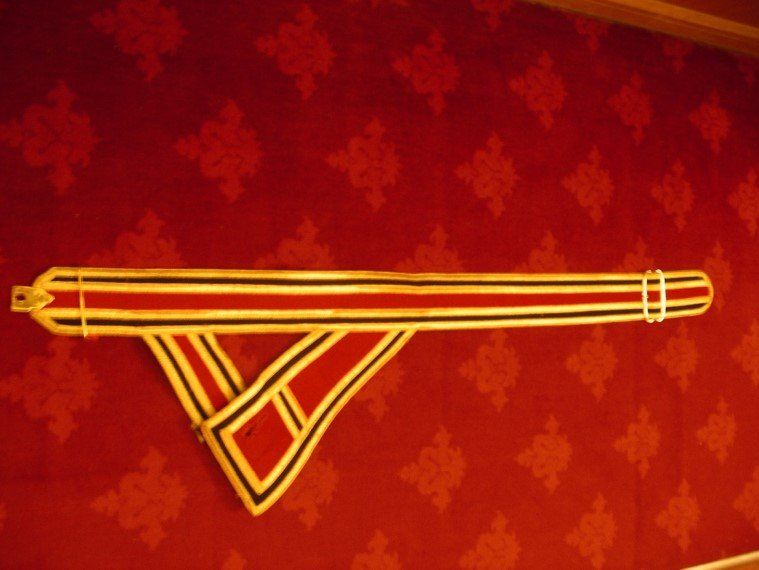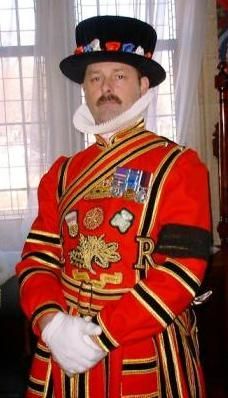The Yeomen of the Guard or Yeomen Archers was created in 1485 to guard the new King, Henry VII. As then, their sense of duty and commitment to our Monarch is absolute. They no longer carry the harquebus, or a quiver of arrows with the long-bow of by-gone days, or indeed protect the body of the Sovereign in its true meaning, but they are as proud and certainly no less loyal to their Sovereign because they are THE King’s Body Guard of the Yeomen of the Guard (The Body Guard).
THE YEOMEN OF THE KING'S BODY GUARD IS NOT FROM THE TOWER OF LONDON - THEY ARE NOT YEOMAN WARDERS OR TOWER WARDERS. For further information about The Tower Warders or Yeoman Warders please contact the following: Yeoman Warders Website or Facebook
Below is a short history of The Body Guard and within the site is a more comprehensive and detailed history. Their uniform and weaponry are described in fine detail and certain myths are dispelled and we explain their ceremonial duties. The site is broken into sections for easy reference or, if you have a spare afternoon and a flagon of mead, just browse through these pages. Either way, enjoy your time here and feel free to make comment via the Contact Page.
A common and somewhat annoying misconception is that The Body Guard (from St James’s Palace) and the Yeoman Warders from The Tower of London) are one and the same....they are very much not. The Yeomen of the King's Body Guard are appointed by St James's Palace and each Yeoman, other than the Messenger Sergeant Major who is salaried, is awarded a taxable stipend of £100 per year; the Yeoman Warders are employed full time and salaried by Historic Royal Palaces. However, both Corps appoint former British servicemen and servicewomen, all of whom have served at least 22 years in the Army, Royal Marines, Royal Air Force and Royal Navy, but that is where the similarity ends. The Body Guard live across the whole of the British Isles are summoned for duty on Ceremonial Occasions such as the State Opening of Parliament, The Most Noble Order of the Garter, Royal Maundy Service, Royal Garden Parties, Investitures, Coronations, Royal Weddings, Royal Funerals, Epiphany, State Visits and Diplomatic Receptions all of which are administered from St James's Palace. See Royal Duties for more information. Their Headquarters is at St James's Palace and they have no duties at The Tower of London. Most Yeomen have a full time second career outside of The Body Guard and all look forward to their summons-to-duty. Their uniform is in the Tudor style and scarlet red. See Uniforms and Weaponry. The shoulder belt, crossbelt or carbine belt, only worn by Yeomen of the Guard, and never by he Tower Warders, had a practical function when our armoury included the heavy harquabus and the belt supported the weight of this cumbersome weapon. The harquabus hasn't been used since the 1600s but they retain and wear the crossbelt with pride.
The Body Guard is honoured to have amongst its officers and yeomen seven holders of the Victoria Cross (see link) plus hundreds of other gallantry awards, both past and very much present.

